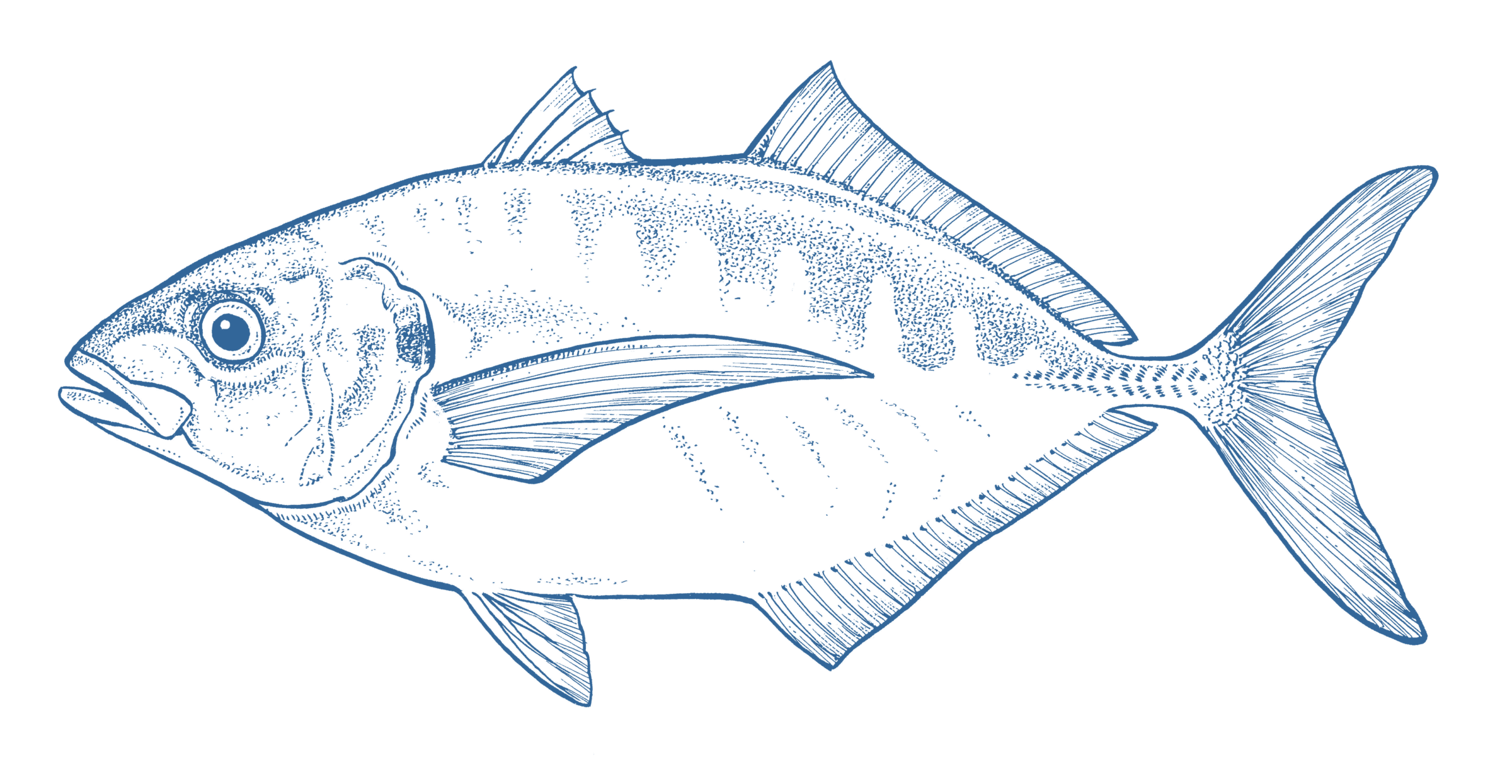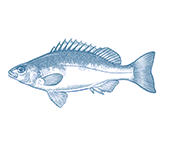




- Say No
Wild Caught
Region:
NSW
- Silver trevally are mostly caught using bottom trawl, danish and haul seine net fishing methods.
- Catches have rapidly declined in New South Wales in recent years and it is likely that overfishing combined with climate change impacts are responsible. The species may be a candidate for endangered species status in coming years.
- The accidental catch of threatened and endangered species like endemic sharks and rays is a major issue in Australian trawl fisheries. In NSW, there is low confidence in the accuracy of fisher reports of low levels of interactions considering the high fishing effort.
- Marine parks in NSW provide the most effective science based protection from the significant ecological risks posed by trawling, but alarmingly, at the time of writing, the NSW Government was considering opening highly protected marine parks to fishing.
- Ocean Trawl Fishery, Ocean Trap and Line Fishery, Ocean Haul Fishery (12.5t in 2019)
The Silver Trevally species complex (several species are described as silver trevally in Australian fisheries, and species-level distinction is not made in any fishery) are medium size predatory fish inhabiting a broad range of habitats, from shallow estuaries through to the outer continental shelf. Silver trevally is a relatively long lived (up to 40 years) and slow growing species, which makes it vulnerable to fishing pressure. Commercial catches exist in all sub-tropical and temperate Australian jurisdictions.
Failure to manage the impacts of the rapidly changing climate and stem overfishing have resulted in rapid declines of silver trevally.
Bycatch is thought to include white sharks, scalloped hammerhead and grey nurse sharks, seahorses and pipefish and green turtles. The fishery also operates in a region identified as an extinction-risk ‘hotspot’ for endemic sharks and rays like the whitefin swell shark, but there are no fishing rules in place to halt their decline.
Key ongoing concerns include overfishing, the poor management of threatened and endangered species caught as bycatch and a high level of discards and byproducts caught. Fisher reporting of this bycatch is not considered reliable and observer coverage is inadequate.
In reporting provided by the NSW Department of Primary Industries (DPI) in 2021 as part of the accreditation to export overseas, no threatened and endangered species bycatch was reported for two of the five most recent fishing years.This reporting is considered an unlikely reflection of the fishery’s real impacts.
At the time of writing, a research observer program had been completed based on data from 2017-19, but this data has not been published so it is not possible to understand the impact of the fishery.
The trawl gear used poses moderate risks to seafloor habitats. Fishery managers have trialed trawl gear designs that could reduce disturbance impacts but it is unclear whether these designs will be introduced to the entire fishery. There is a lack of understanding of the impacts on habitats and ecosystems due to a lack of investment in research by managers.
It is hoped a large proportion of silver trevally will be protected within the southern NSW Batemans Bay marine park, which prevents trawling in a large area. Marine parks in NSW provide the most effective science based protection from the significant ecological risks posed by trawling, but alarmingly, at the time of writing, the NSW Government was considering opening highly protected marine parks to fishing.


